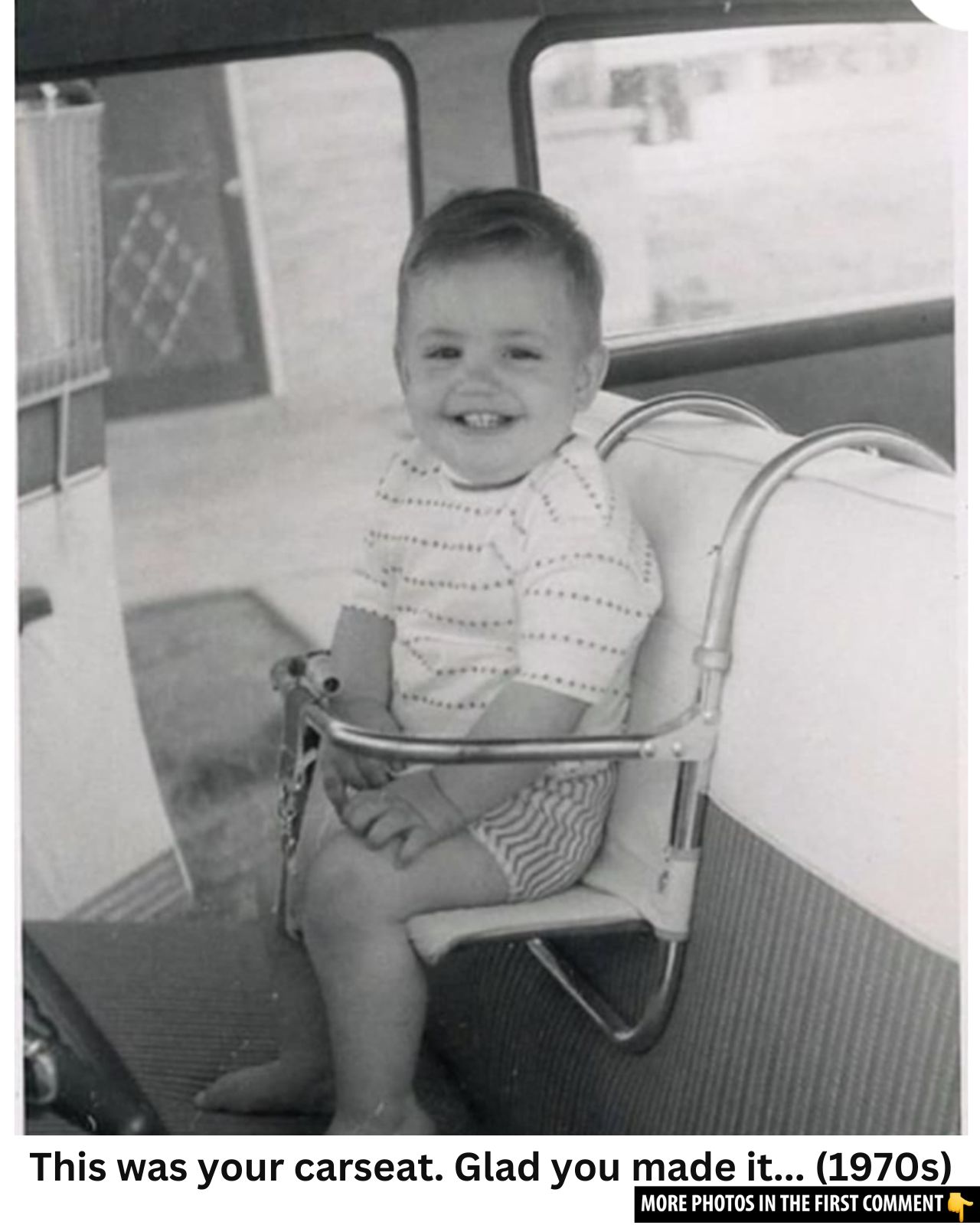Car seats have long since been an essential safety feature for children during travel. In today’s world, we have strict safety standards to ensure our children’s well-being while on the road. However, the history of baby car seats was not always this refined. If we take a trip back in time, we’ll find a time when safety was secondary, and car seats were little more than creative attempts at keeping children in place during the ride. From simple booster seats to the complex designs we trust today, the evolution of child car seats offers a fascinating glimpse into how safety standards have grown and how public awareness has shaped this industry.
The Birth of Baby Car Seats: A Safety Afterthought
In the early days of automobiles, the concept of protecting children during car rides didn’t even exist. When cars first hit the road, passengers, whether adults or children, had no dedicated safety measures to keep them in place. Parents began to recognize the dangers of allowing children to move freely in cars, and thus began the attempt to create something that could secure them. However, these early attempts were often misguided and had little concern for actual safety.

The first child seats were introduced in the 1930s, but their main function was not to protect children in a crash. Instead, they were designed to elevate the child’s position so parents could see them more easily. These booster seats were made of simple materials, and the focus was on visibility rather than safety. It wasn’t until the 1960s that the idea of creating a car seat designed specifically for child safety began to take form.
Video
Explore 100 years of car seat history in just 60 seconds—watch the video now!
Bunny Bear Booster Seat (1933): The First Step in Child Safety
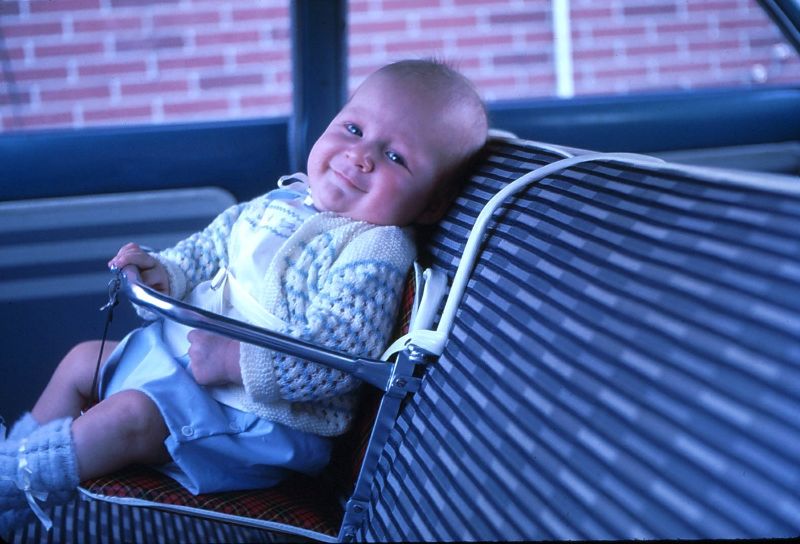
In 1933, the Bunny Bear Company introduced the first-ever child booster seat. Unlike modern seats that focus on safety, the Bunny Bear booster was created to help parents see their children more clearly from the front seat. Made from a combination of metal and leather, the seat elevated the child’s position, but it lacked any form of secure restraint. This early design wasn’t focused on crash safety, but it was an important first step in the evolution of child car seats.
While the primary function was to provide a better view for the driver, the booster seat did help to keep the child from moving around the vehicle. This was a far cry from today’s car seats, but in the context of its time, it was an innovative solution to a growing problem.
1961: The ‘Auto Strap’ – A Step Toward Protection
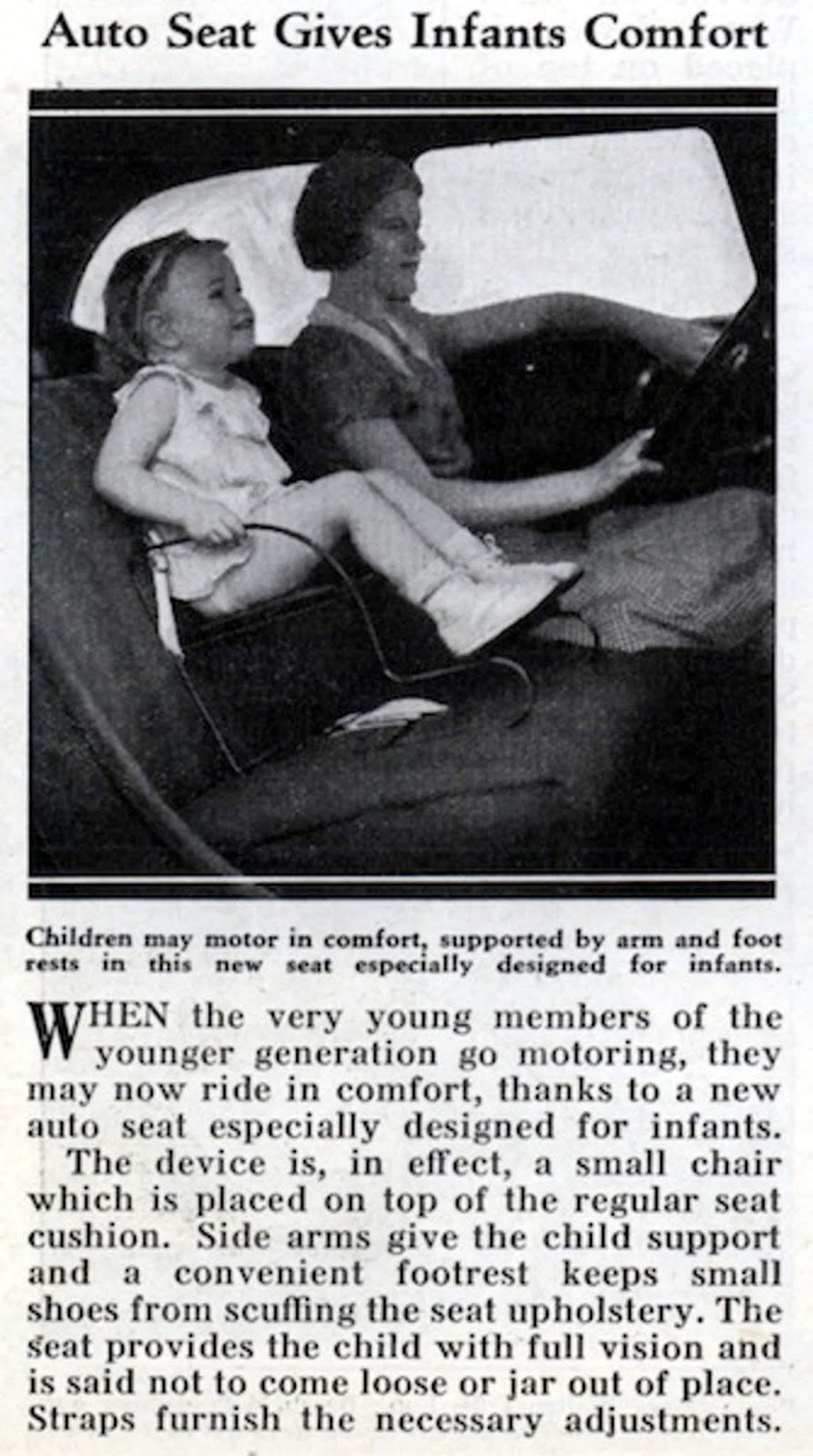
By 1961, some companies were beginning to develop products that were more focused on safety, though they still left much to be desired. One such product was the “Auto Strap,” a front-seat car belt designed for children. This was a simple harness that kept the child in place but lacked the protective features that we associate with modern child car seats.
The “Auto Strap” was advertised for children aged one to ten and claimed to prevent spills from sudden stops and allow the child to sit, stand, kneel, or sleep without disturbing the driver. While this innovation was a step toward keeping children restrained during travel, it still lacked the comprehensive protection that would come later. The “Auto Strap” showed the beginnings of awareness regarding child safety, but it wasn’t until years later that real progress was made.
In the 1940s: Canvas Booster Seats on Metal Frames
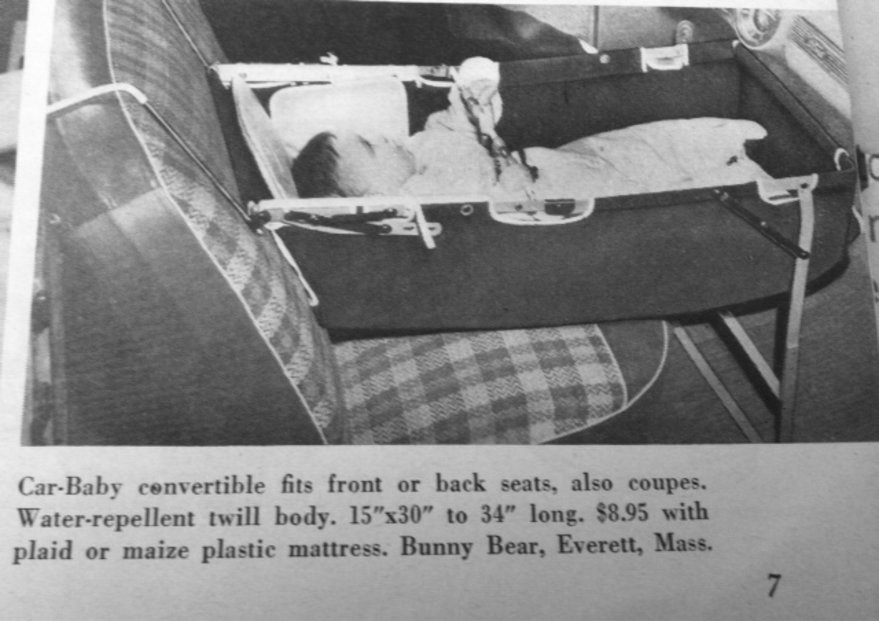
The 1940s saw further developments in child car seats, though the designs were still rudimentary. These canvas booster seats were made with metal frames and were often marketed for the front seat. They didn’t offer much in the way of protection in the event of a collision but did provide a basic way of restraining children. They were especially popular in the front seats of vehicles, where they kept children in place while offering little in the way of actual safety.
While they were an improvement over nothing, these booster seats didn’t prioritize safety features like padding, secure harnesses, or crash protection. They were essentially an early version of what we now know as booster seats, but they were far from adequate in protecting children during an accident.
In the 1970s: Baby Hammocks in Cars
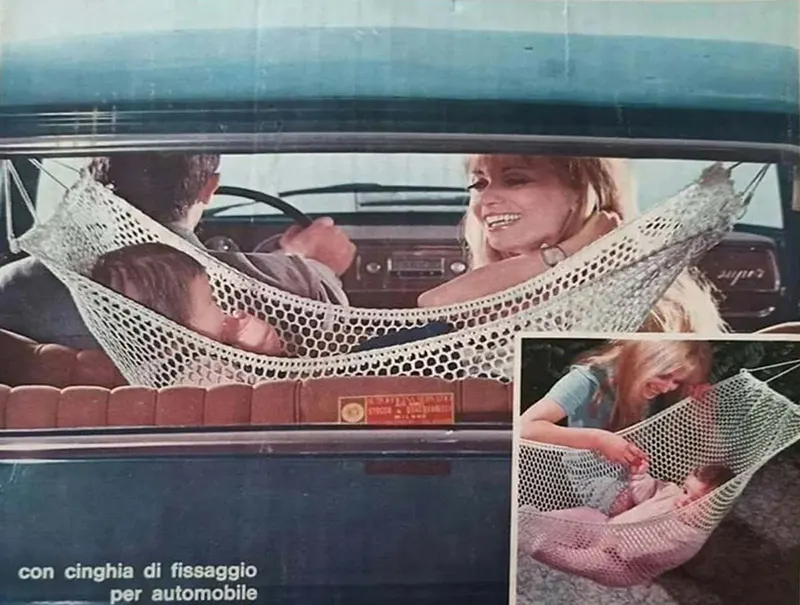
One of the more unusual trends in early child car seats was the introduction of baby hammocks in the 1970s. These hammocks were suspended from the roofs of cars, and babies would be placed in them during travel. While they were marketed as child safety devices, they were far from safe by today’s standards.
The concept of the baby hammock was based on the idea that babies could be kept off the car seats entirely, providing a soft and somewhat cradled position during travel. However, these hammocks offered no real safety protection in the event of a crash. They were one of the more bizarre trends in the early days of child car seats, and thankfully, they have since been abandoned in favor of more reliable designs.
The 1980s: The First Convertible Car Seats
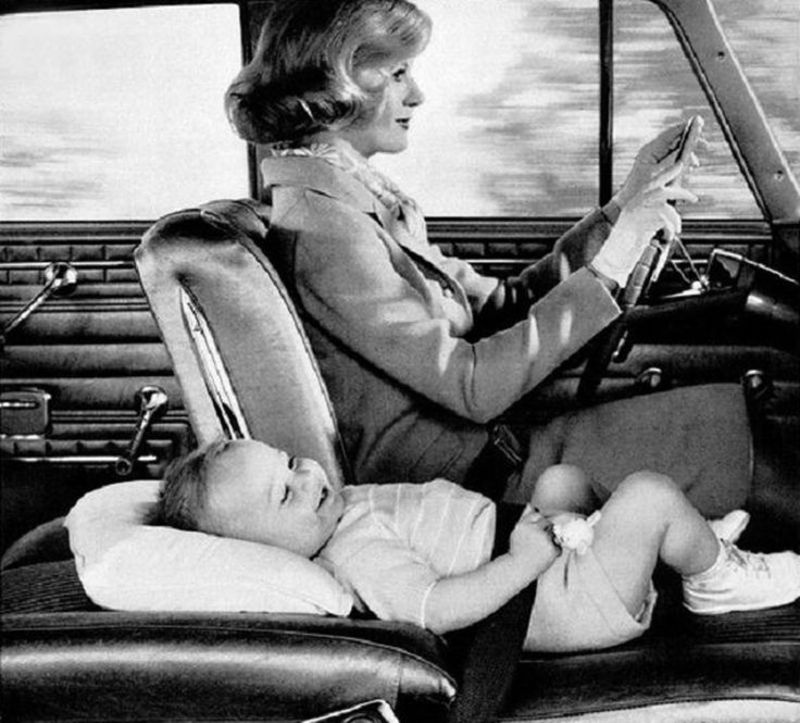
As the 1980s arrived, so did the first convertible car seats. These seats were a major leap forward in terms of child safety, offering both rear-facing and forward-facing options. They featured more padding and more secure harness systems that provided better protection in the event of an accident.
Convertible car seats became more widely adopted during the 1980s, marking a major shift toward the safety of children in vehicles. These seats were designed to grow with the child, offering long-term protection from infancy through toddlerhood. This was a huge step forward in ensuring the safety of young passengers during car rides.
Modern Baby Car Seats: The Safety Revolution
Today, child car seats are sophisticated safety devices designed to keep children safe and secure during car rides. Modern car seats feature advanced harness systems, side-impact protection, and high-quality padding to provide maximum protection in the event of a crash. The materials and designs used in today’s car seats are far superior to those of the past, and they meet strict safety standards set by regulatory bodies.
Modern car seats also come in a range of types, including infant car seats, convertible seats, and booster seats, all of which are designed to ensure the safety of children at every stage of their development. The advances in car seat technology have been driven by years of research, testing, and a growing awareness of the importance of child safety on the road.
Video
Learn about the largest baby seat recall in U.S. history by watching this video!
Gallery: A Visual Journey Through the Evolution of Baby Car Seats
A picture is worth a thousand words, and when it comes to the evolution of baby car seats, a visual timeline can help us truly appreciate how far we’ve come. From the first booster seats of the 1930s to the sophisticated car seats of today, this gallery showcases the milestones in child car seat design.
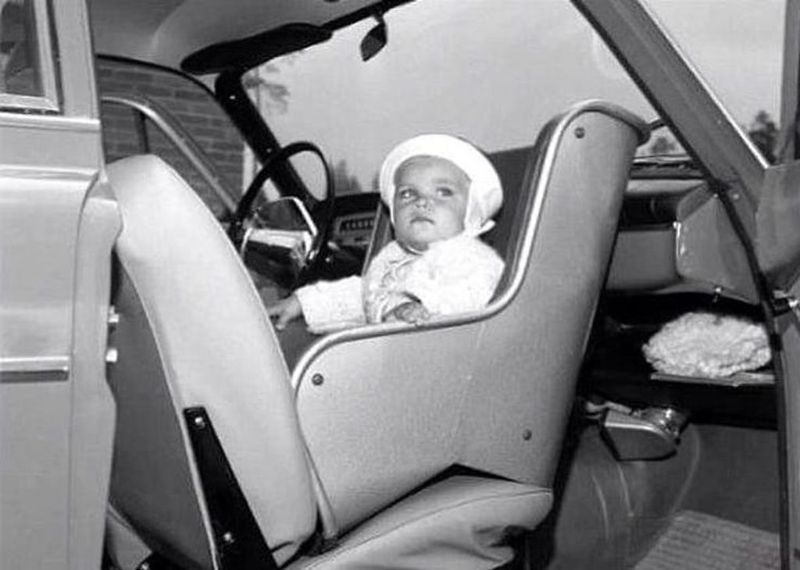
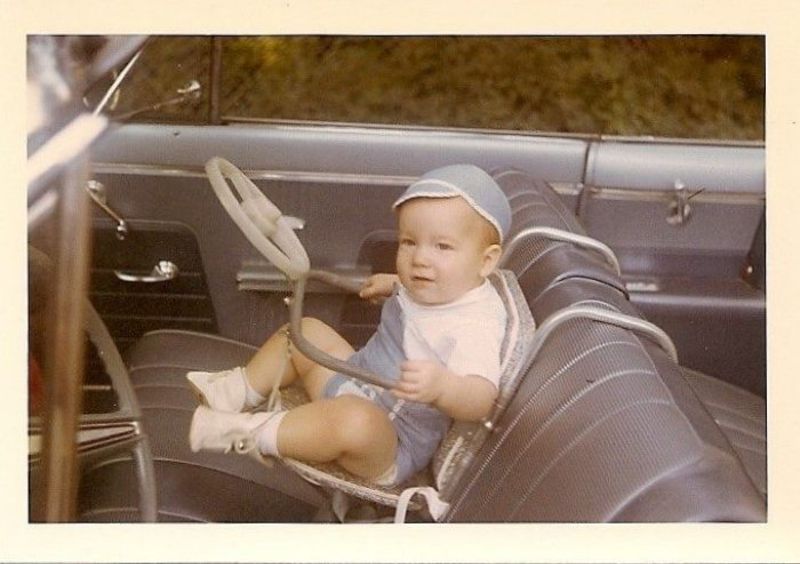
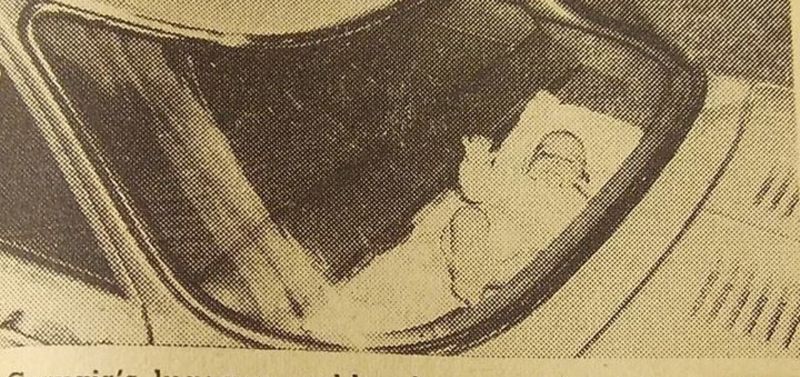
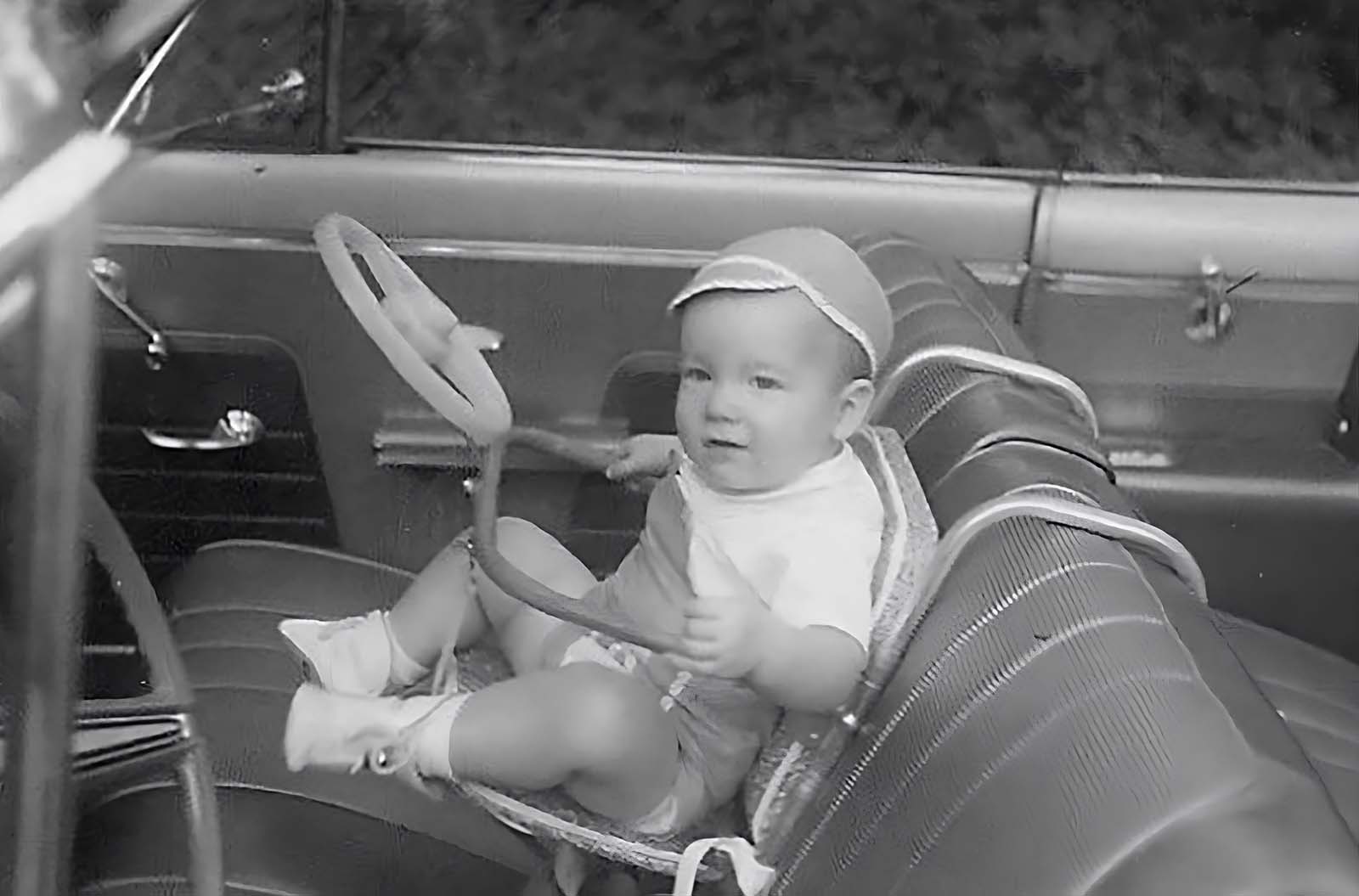

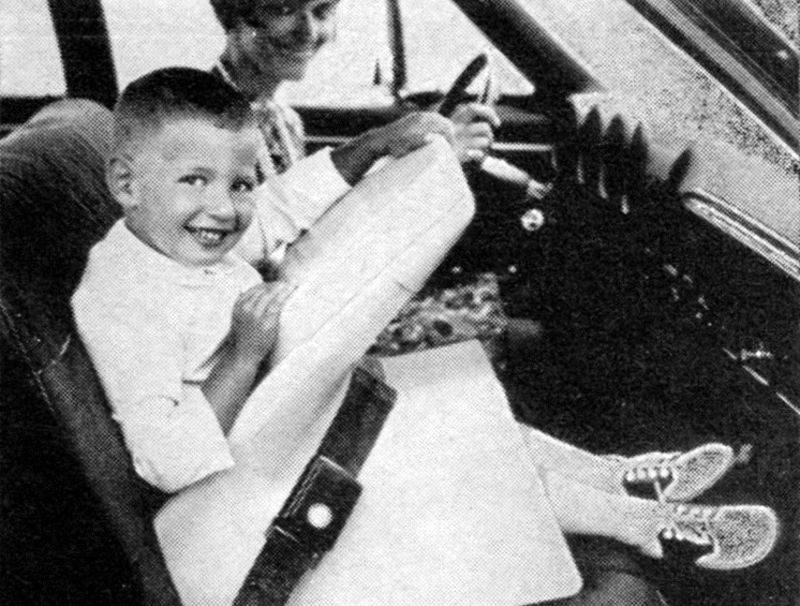
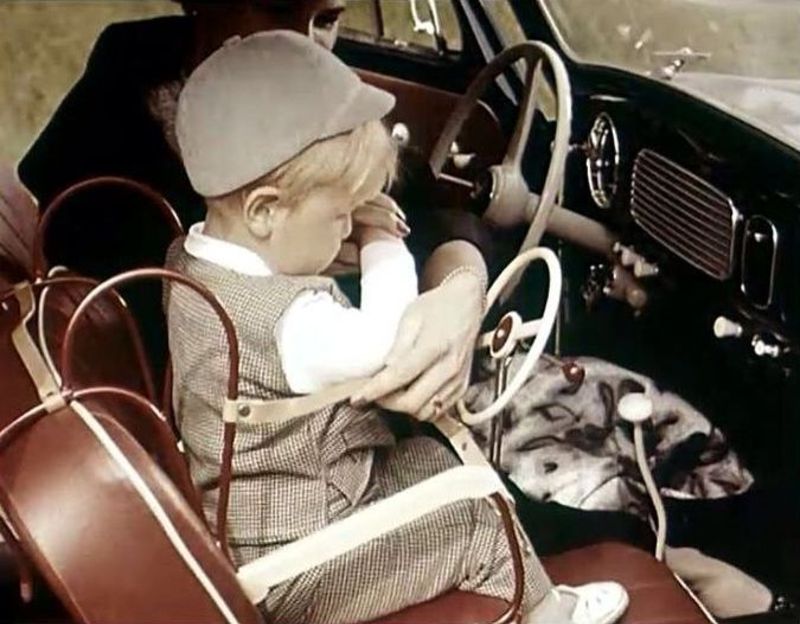
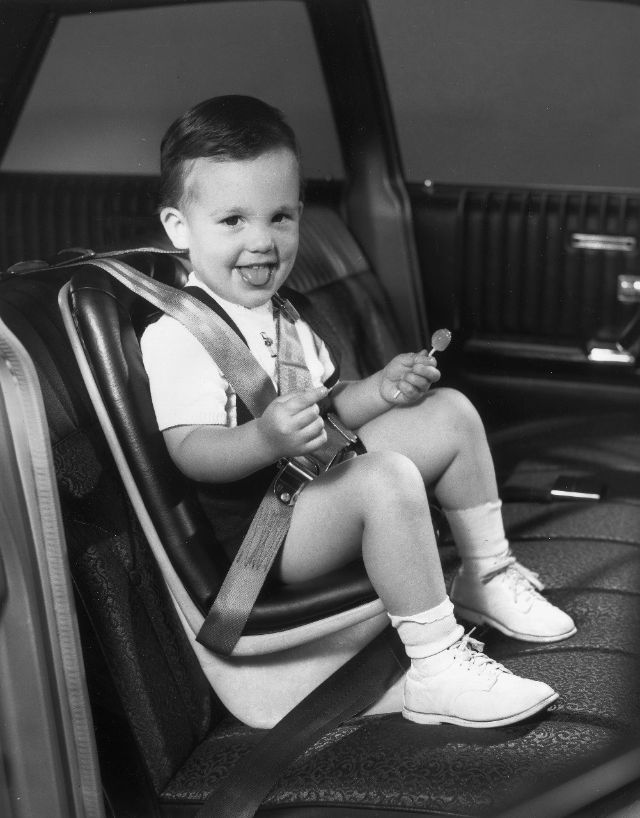

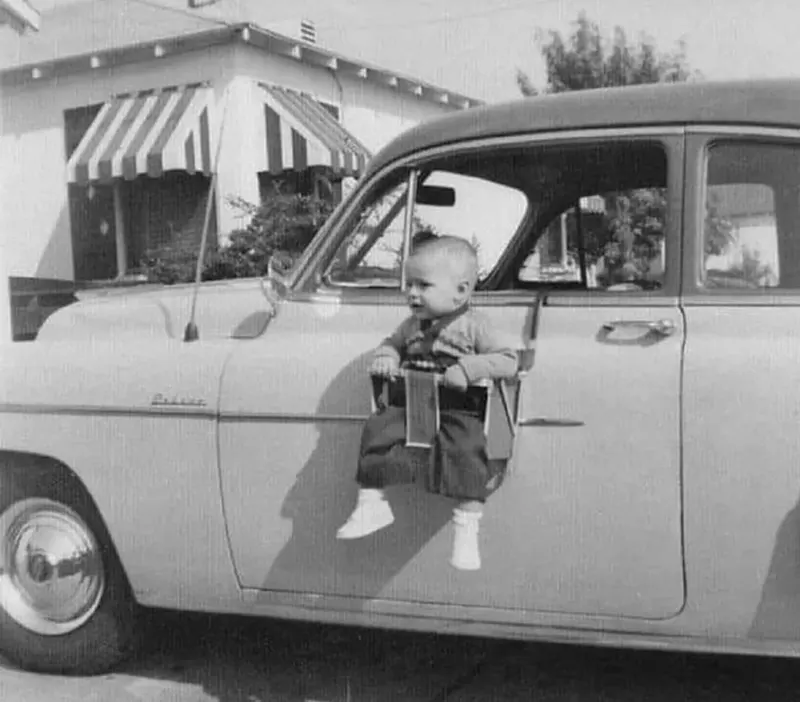
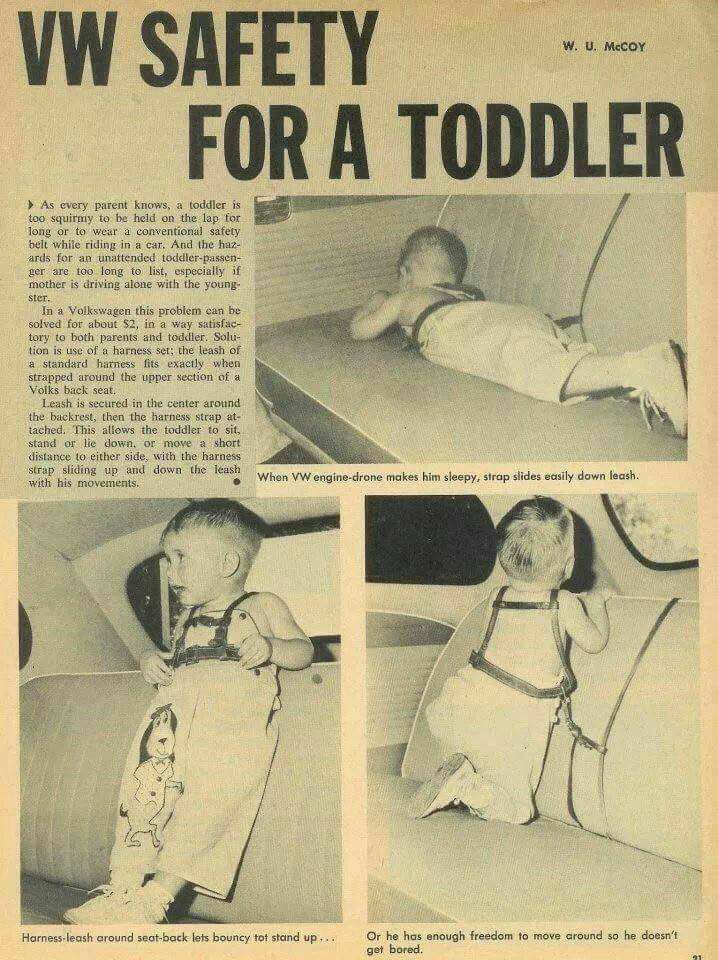

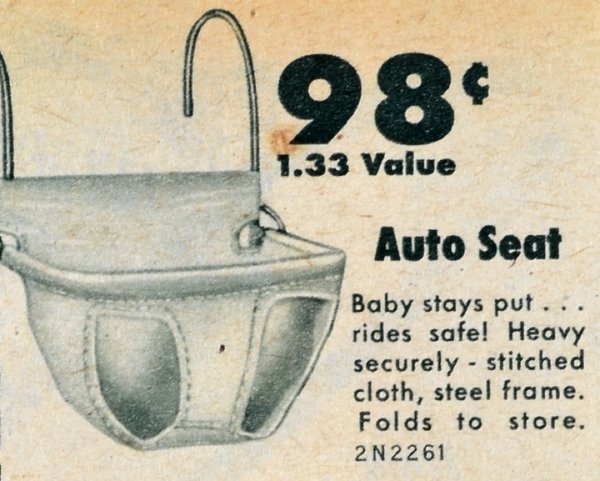
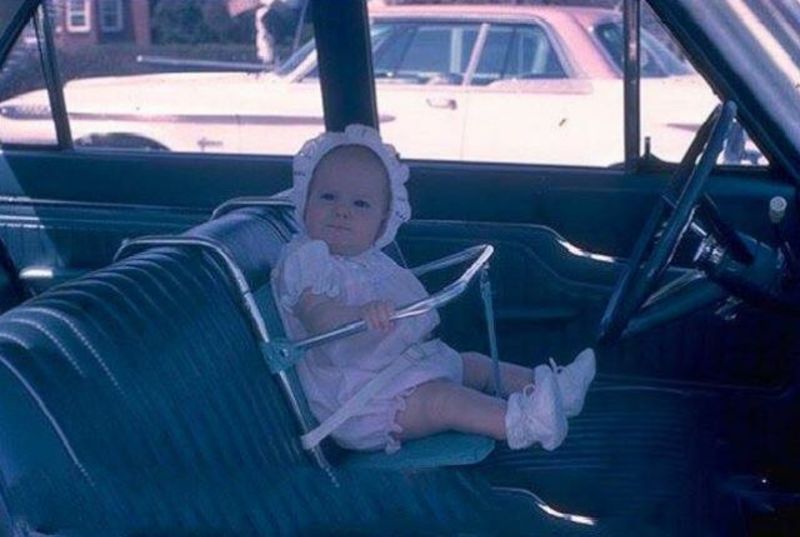

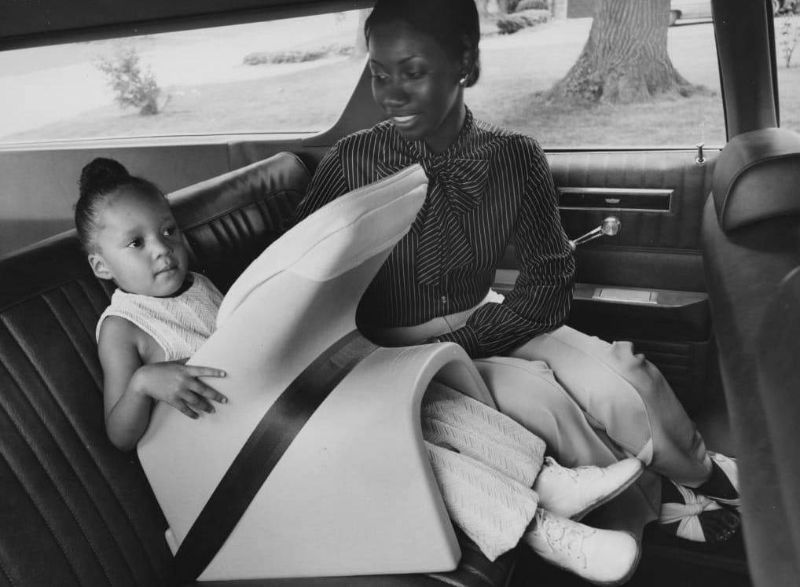
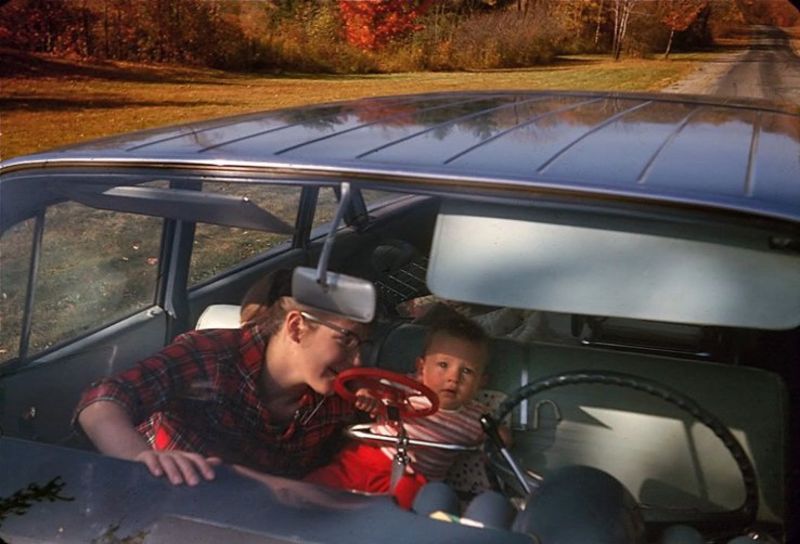

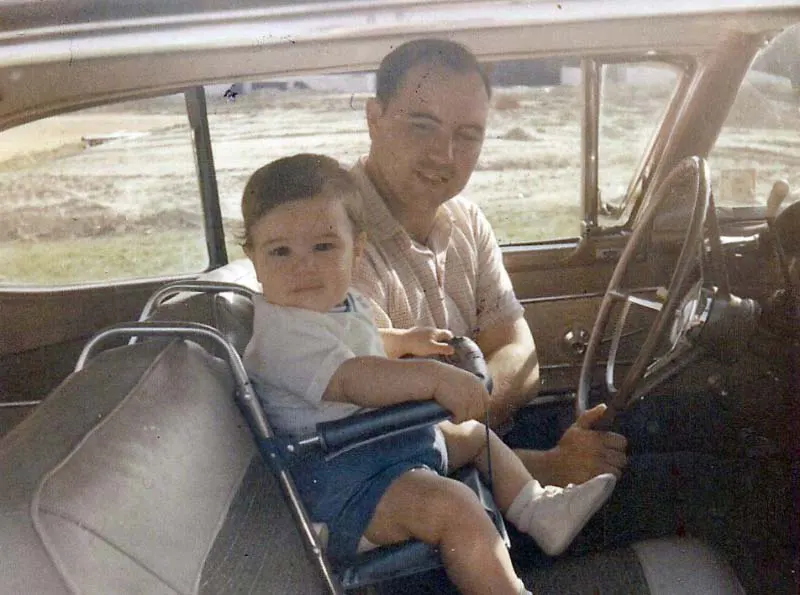
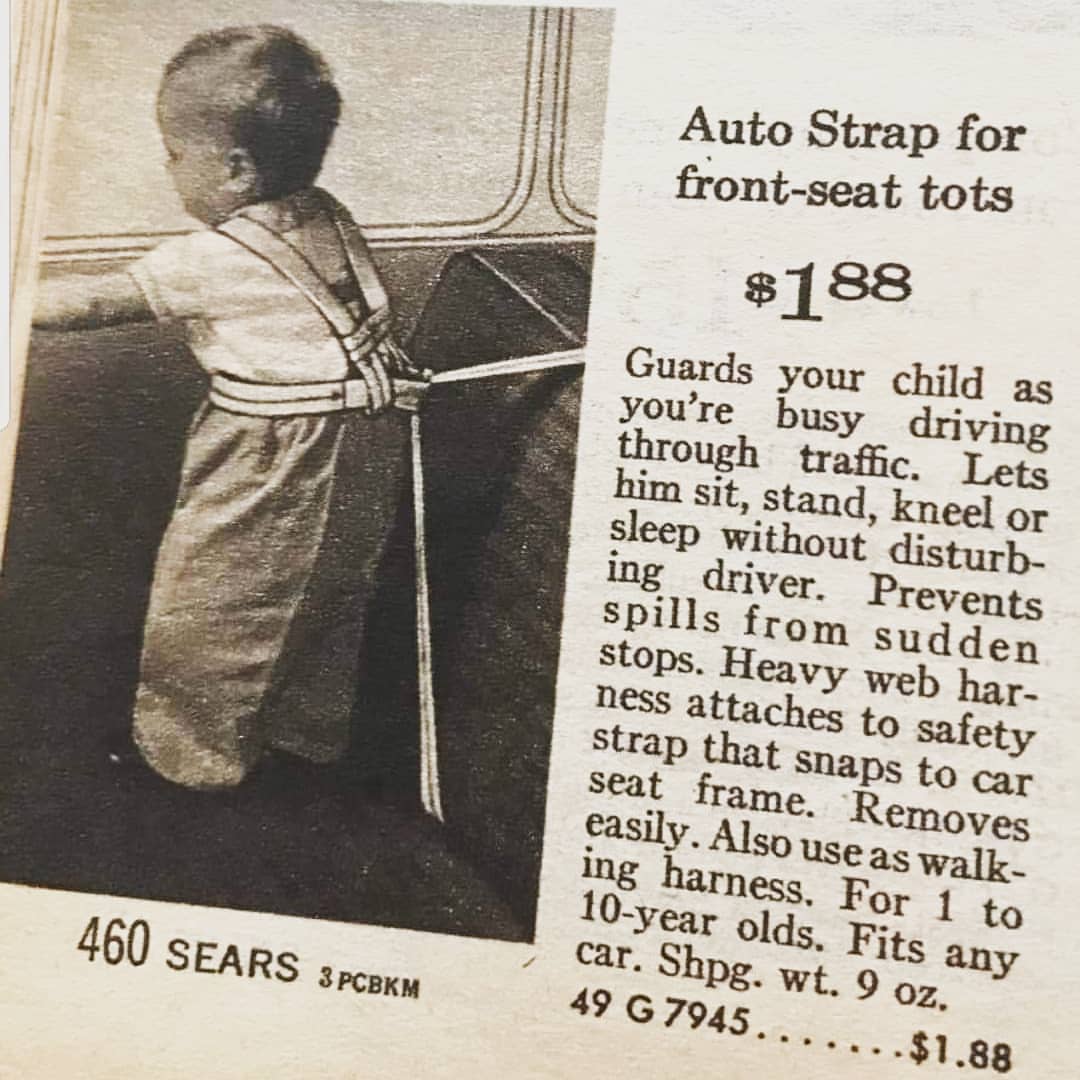
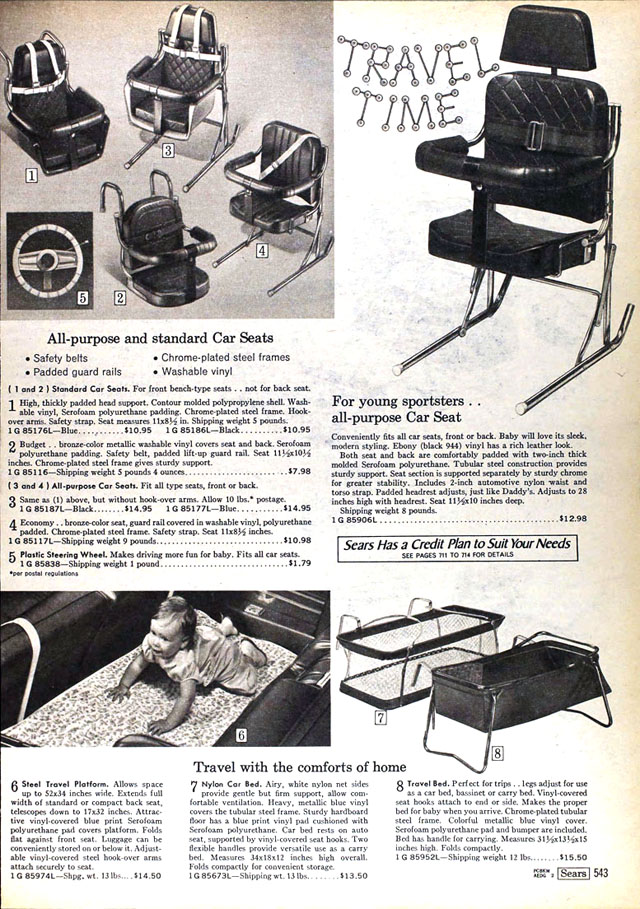

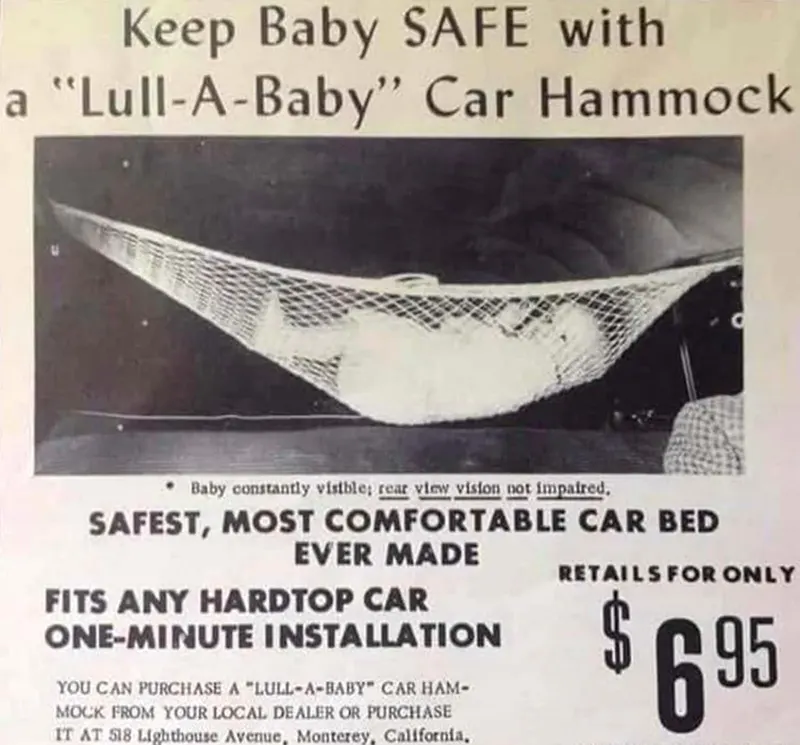
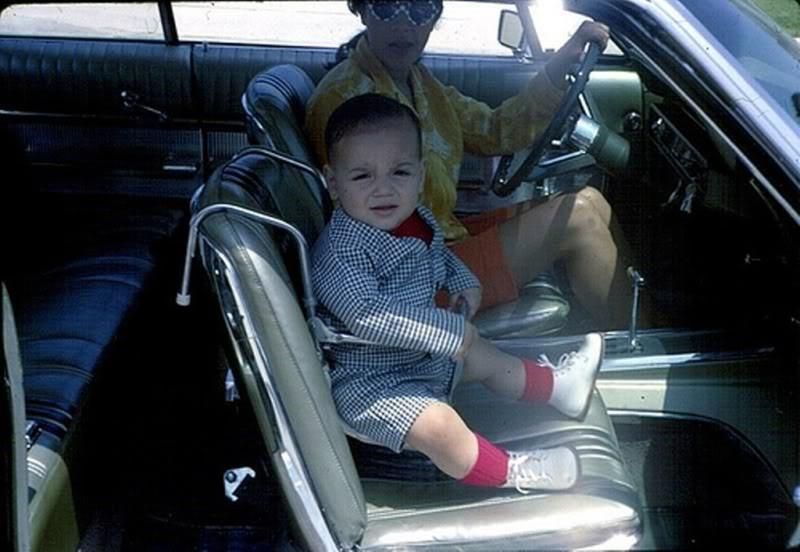
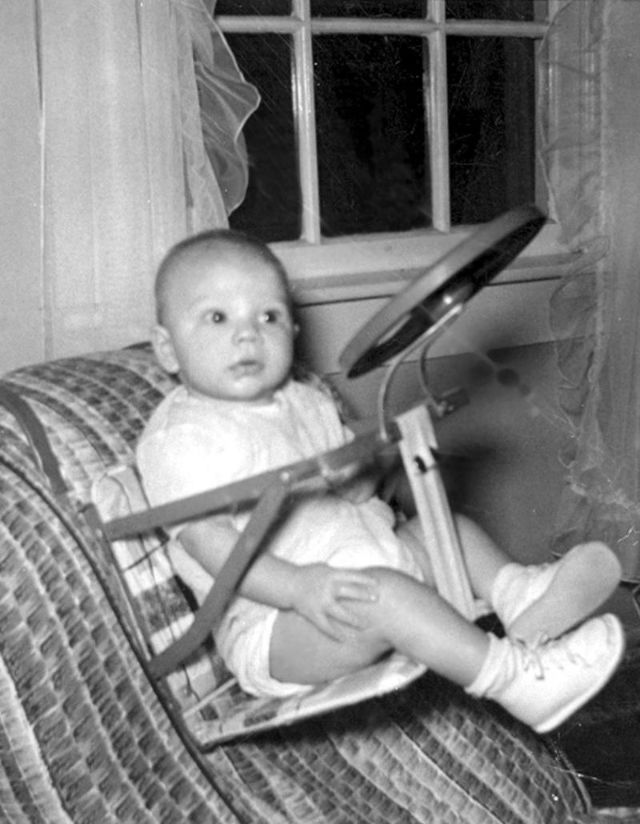
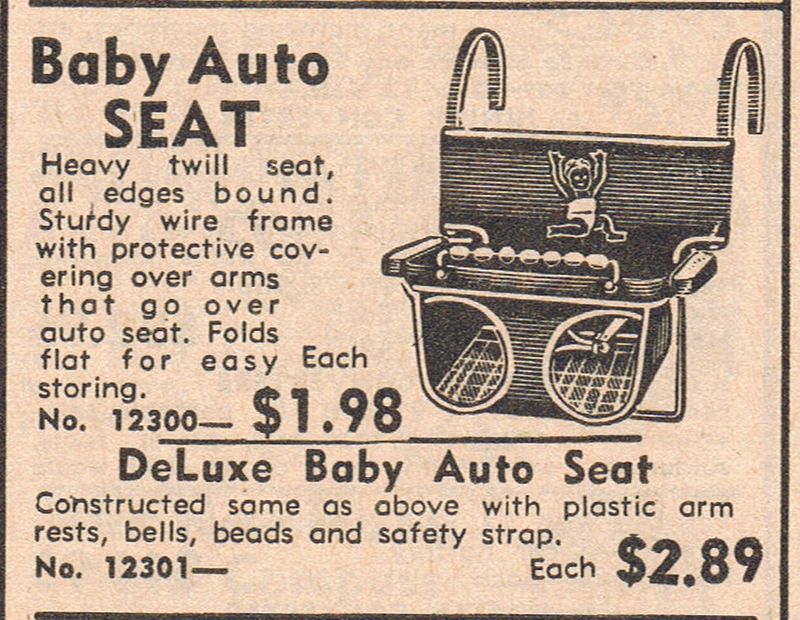
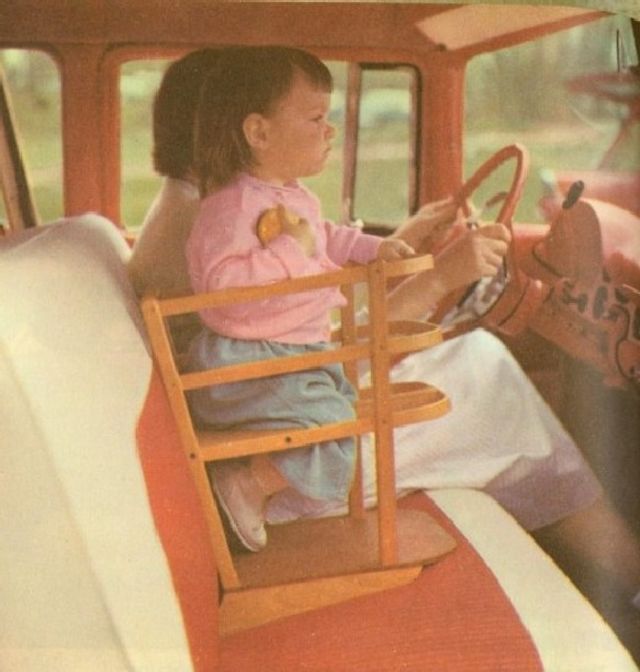

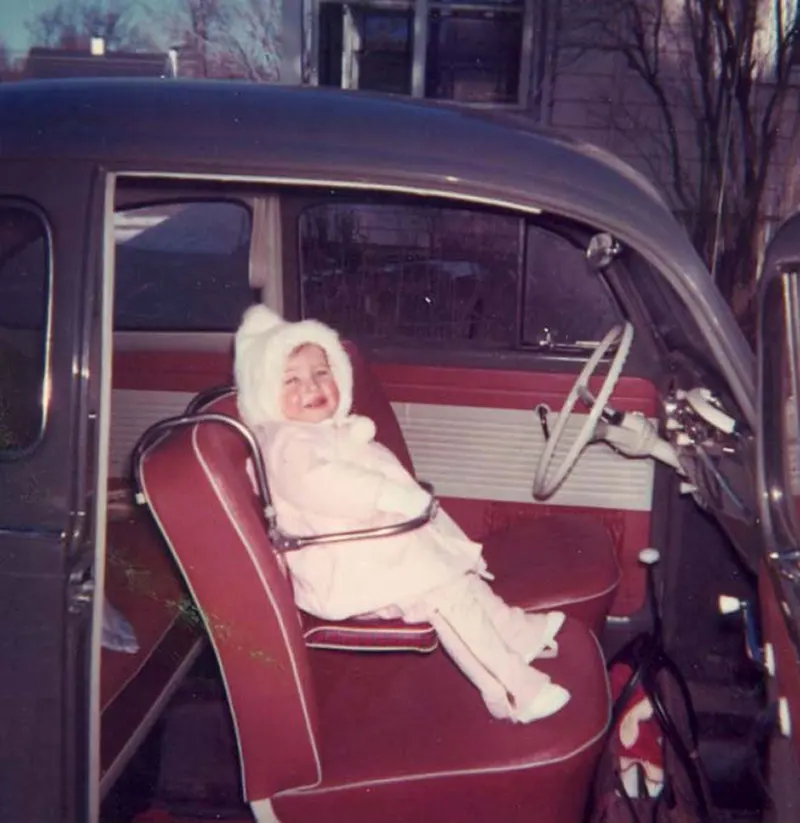
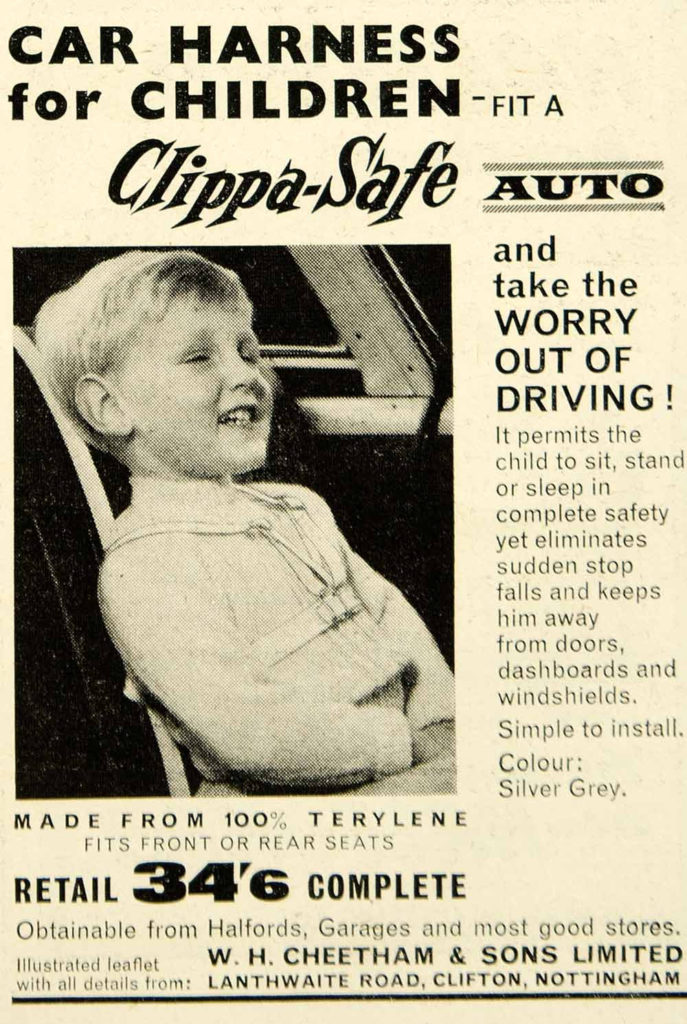
Conclusion: Reflecting on the Progress of Child Safety
As we look back on the history of baby car seats, it’s clear that progress has been made in leaps and bounds. The early designs were rudimentary at best, and child safety wasn’t the top priority. Today, we can rest assured knowing that our children are safely secured in vehicles thanks to years of innovation and research. The journey from odd and unsafe baby car seats to the modern-day safety solutions we rely on today is a testament to how far we’ve come in terms of child safety and the dedication of those who worked to make our roads safer for young passengers.
